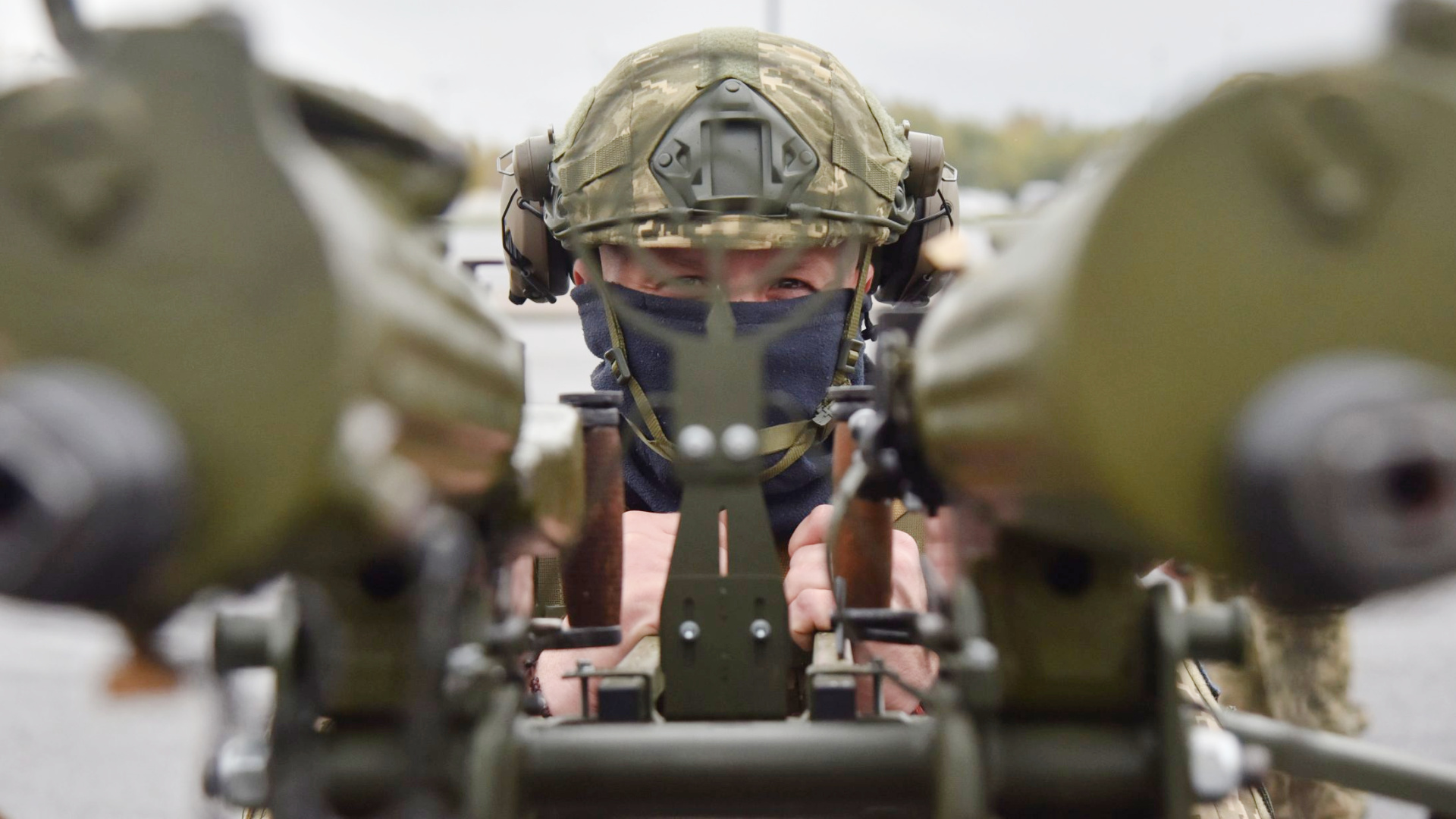Spy vs. Spy: 5 unsolved mysteries from the Cold War
The Cold War was never officially declared, nor did it ever officially end. Instead of an open conflict between the two blocs that divided the world, it was a series of proxy wars, covert operations, and secret activities, of which we will never fully know all the details.
Numbers stations is the name given to shortwave radio stations that transmit encrypted messages in the form of a voice saying a string of seemingly random numbers or letters, sometimes along a distinctive tune or soundbite.
With nicknames such as The Lincolnshire Poacher or The Swedish Rhapsody, due to their signal calls, both sides of the Cold War used these mysterious broadcasts to send messages to spies and other agents in the field.
Image: Cody Fitzgerald / Unsplash
Numbers stations have been mostly discontinued in the 21st Century. However, many still continue to air. A few years ago, North Korea reactivated a numbers station amid growing tension with their southern counterpart.
Dag Hammarskjold was a Swedish diplomat who served as the second Secretary-General of the United Nations from 1953 until his death in a mysterious plane crash in Current-day Zambia on September 17, 1961. Many saw his intentions as contrary to Western powers.
The UN Secretary-General was negotiating a peace agreement between the newly-independent Republic of Congo and the breakaway province of Katanga when the plane went down. Speculation has been going on for decades accusing the CIA, the Belgians, the South Africans, or a mix of the three.
In 2011, a panel of independent experts appointed by the United Nations conducted a new investigation into the crash and concluded that there was “significant new evidence” to support the theory that the plane was brought down by “unlawful intervention.”
In 1959 a group of nine experienced hikers, led by Igor Dyatlov, set out on a skiing expedition in the Ural Mountains in Russia. The group never returned, and their bodies were eventually discovered in a remote area of the mountains, in a state of extreme mutilation.
Image: Daniil Silantev / Unsplash
The Soviet government investigated the incident, but the official report was inconclusive and left many questions unanswered to this day. Why did the hikers apparently flee, leaving all their belongings behind? Why had some sustained massive injuries and others perished due to exposure?
The most common theory is that the nine victims of the Dyatlov Pass Incident died because of a rare type of avalanche. However, other theories point to something more sinister, such as accidentally running into secret soviet military tests or an accident involving a US spy plane.
In 1948, the body of a mysterious man was found ashore at Somerton Beach, near Adelaide, Australia. He was clean-shaven, wearing a nice suit with labels removed, and carried no IDs.
The mysterious corpse’s most notable belonging was one of his trouser pockets: A scrap of paper with one message: Tamán Shad, ‘It is finished’ in Persian. Research led to identifying the book as a rare copy of ‘The Rubáiyát of Omar Khayyám’, a Persian medieval poetry book.
Image: 1900 public domain edition / US Library of Congress
The copy they found not far from the coast was full of ciphers that, to this day, nobody has been able to crack. We will never know if the Somerton Man was actually a spy.
Korean Air Lines Flight 007 (KAL 007) was a commercial flight from New York City to Seoul. On September 1, 1983, the flight was shot down by a Soviet fighter jet, killing all 269 passengers and crew on board. As you can imagine, the Reagan Administration did not take the news well.
The most famous victim of the KAL 007 incident was Georgia Representative Larry McDonald, a virulent anti-Communist Congressman who was traveling as part of a delegation to South Korea.
In 1992, after the collapse of the Soviet Union, Russian President Boris Yeltsin admitted that the Soviet Union had shot down the plane, arguing that it had been a mistake.
More for you
Top Stories





























